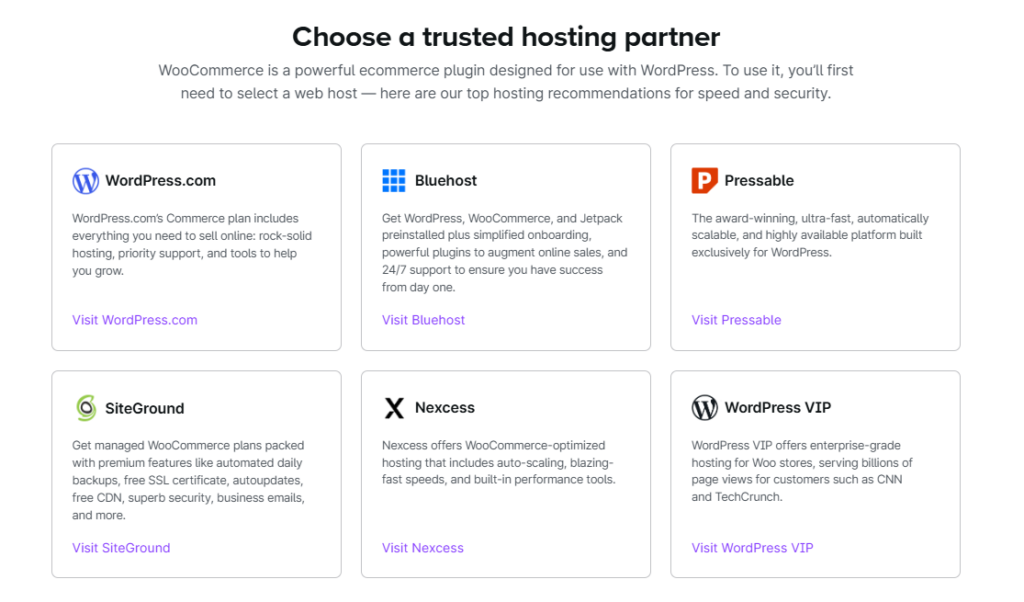WooCommerce, one of the most well-known eCommerce platforms for WordPress, has recently undergone a significant rebranding. The company has simplified its name to Woo, alongside a redesigned logo, a refined color scheme, and a shift in branding strategy. While these changes primarily focus on Woo’s positioning in the market, they also carry implications for hosting providers and businesses relying on WooCommerce for their online stores.
Why Woo changed its brand
The decision to rebrand wasn’t just cosmetic. Woo recognized the need to differentiate itself in a competitive eCommerce landscape where SaaS platforms like Shopify and BigCommerce have strong brand recognition. According to Woo, this new identity aligns with its commitment to flexibility, ownership, and customization—key values that open-source platforms offer over closed SaaS solutions.

Impact on hosting providers and eCommerce businesses
For hosting providers offering WooCommerce-optimized solutions, this shift presents both challenges and opportunities. Woo’s emphasis on an integrated, more user-friendly platform suggests that merchants may look for hosting solutions that complement these improvements. Hosting companies that specialize in performance-optimized WooCommerce hosting, security, and scalability will likely see increased demand from businesses seeking reliable, tailored infrastructure for their stores.
Additionally, Woo’s branding evolution reinforces its open-source identity, making it clear that businesses using WooCommerce need to think beyond just software—they need hosting solutions that support growth, high traffic, and custom integrations. Unlike SaaS platforms, WooCommerce users retain full control over their data and store operations, making hosting a critical factor in performance and success.
What this means for the future
Woo’s shift isn’t just about a new name; it reflects a larger strategy to remain competitive in the evolving eCommerce industry. As the platform continues to enhance its native features, integrations, and usability, hosting providers will play an essential role in ensuring merchants can leverage these improvements effectively.
However, one major question arises: could this rebrand pave the way for Woo to introduce its own SaaS-based hosting solution? Currently, Woo prominently features hosting providers like Bluehost, Nexcess, SiteGround, and WordPress.com as recommended solutions for WooCommerce. But with this renewed focus on brand recognition, there’s speculation that Woo might launch its own official hosting service—one that could potentially sideline existing providers.

If Woo introduces an exclusive hosting solution, it could have significant implications for companies currently offering WooCommerce Hosting or Woo Hosting. Will these terms become restricted or require licensing? Could we see tighter control over who can market their services as WooCommerce-optimized? If Woo follows the path of other SaaS competitors, hosting providers may need to prepare for shifts in branding rights, partnerships, or even competition from a new dominant player.
For businesses currently using or considering WooCommerce, the rebrand signals Woo’s long-term commitment to improving its ecosystem. However, success with Woo still depends on choosing the right hosting and technical support to maximize its potential. Hosting providers that can adapt to these changes and offer solutions tailored for WooCommerce will continue to be a valuable part of the eCommerce ecosystem, but they may need to rethink their positioning in the face of potential direct competition from Woo itself.
Kamil Kołosowski
Author of this post.
